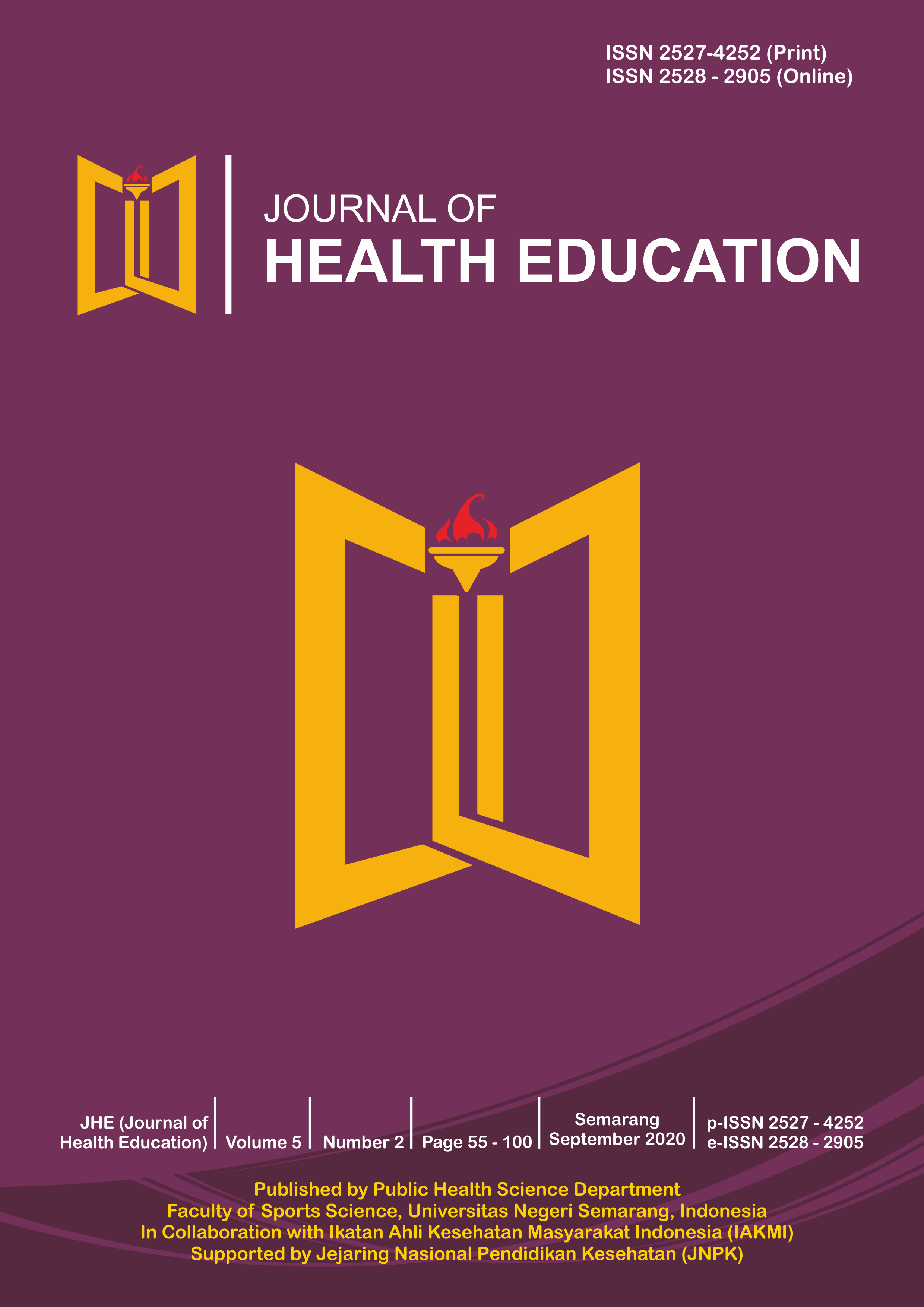Consumption of Fried Foods as A Risk Factor for Hypercholesterolemia: Study of Eating Habits in Public Health Students
Abstract
Background: Students in the health sector should have more health literacy so that they can show better health practices as well. However, unfortunately, a preliminary study on students in the field of public health showed that almost 50% of students have eating habits and physical activity that was not following health recommendations. The behavior of consuming fried foods in this group of students can be a risk factor for hypercholesterolemia. For this reason, it is necessary to study the habit of consuming fried foods as a risk factor for hypercholesterolemia.
Methods: The study was using analytical research with a cross-sectional design. The sampling technique used a purposive sampling method. The minimum sample size is 91 people. Data analysis used univariate, bivariate using chi-square test, and multivariate using logistic regression.
Results: The results of the bivariate analysis showed significant results, namely BMI (RP= 2.20; 95% CI= 1.09-4.43; p= 0.03). Consumption of fried foods (RP= 3.33; 95% CI= 1.69-6.57; p= 0.001). Physical activity (RP= 2.23; 95% CI= 1.04-4.79; p= 0.03). The result of the bivariate analysis that was not significant was smoking (RP= 1.28; 95% CI= 0.55-2.98; p= 0.547). The results of multivariate analysis showed that the most influencing risk factor for hypercholesterolemia was fried food consumption (RP= 5.42; 95% CI= 1.18-16.21; p= 0.003).
Conclusion: The factors associated with hypercholesterolemia are BMI, consumption of fried foods, and physical activity. The most influencing risk factor for hypercholesterolemia is the consumption of fried foods.






